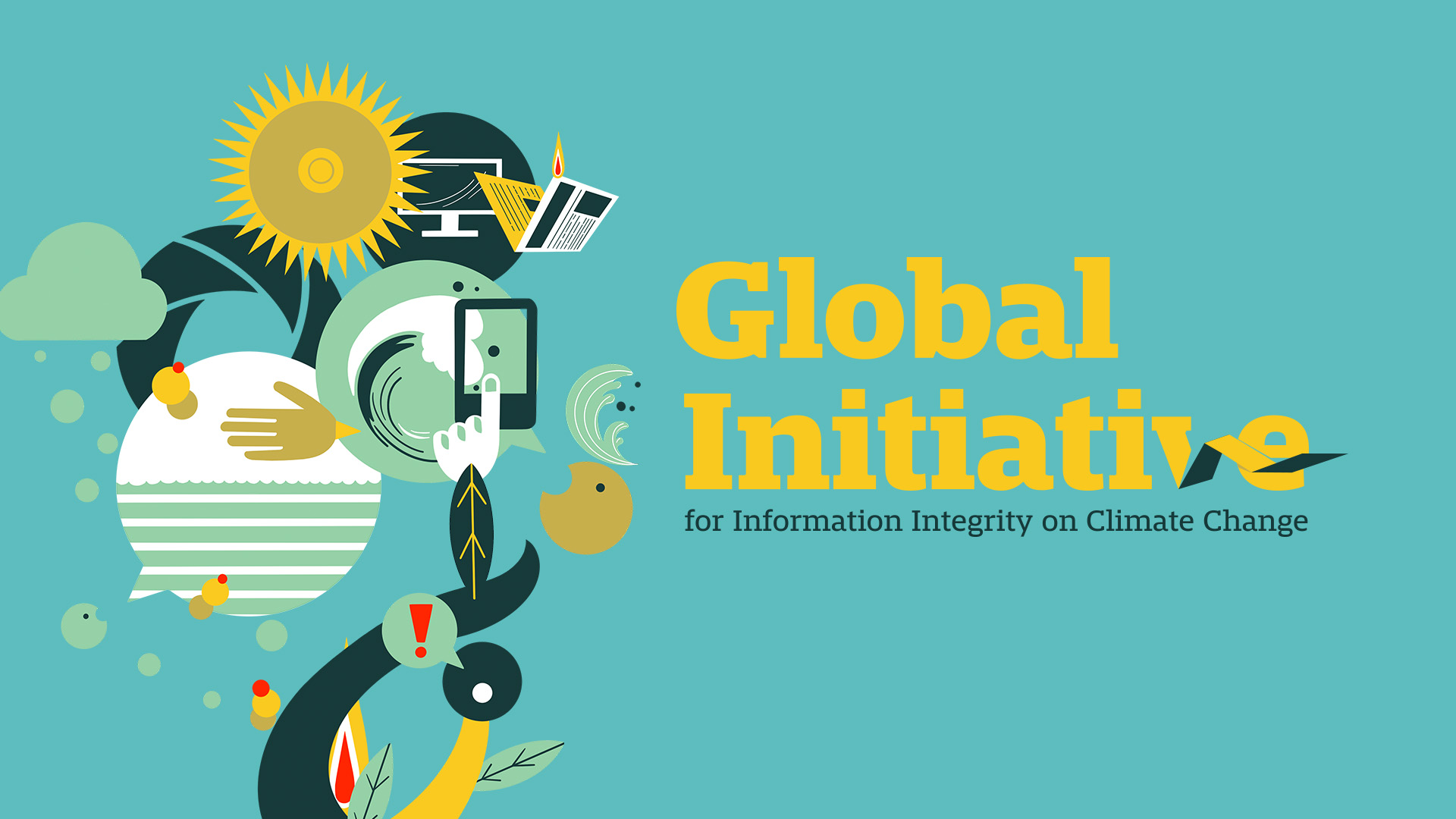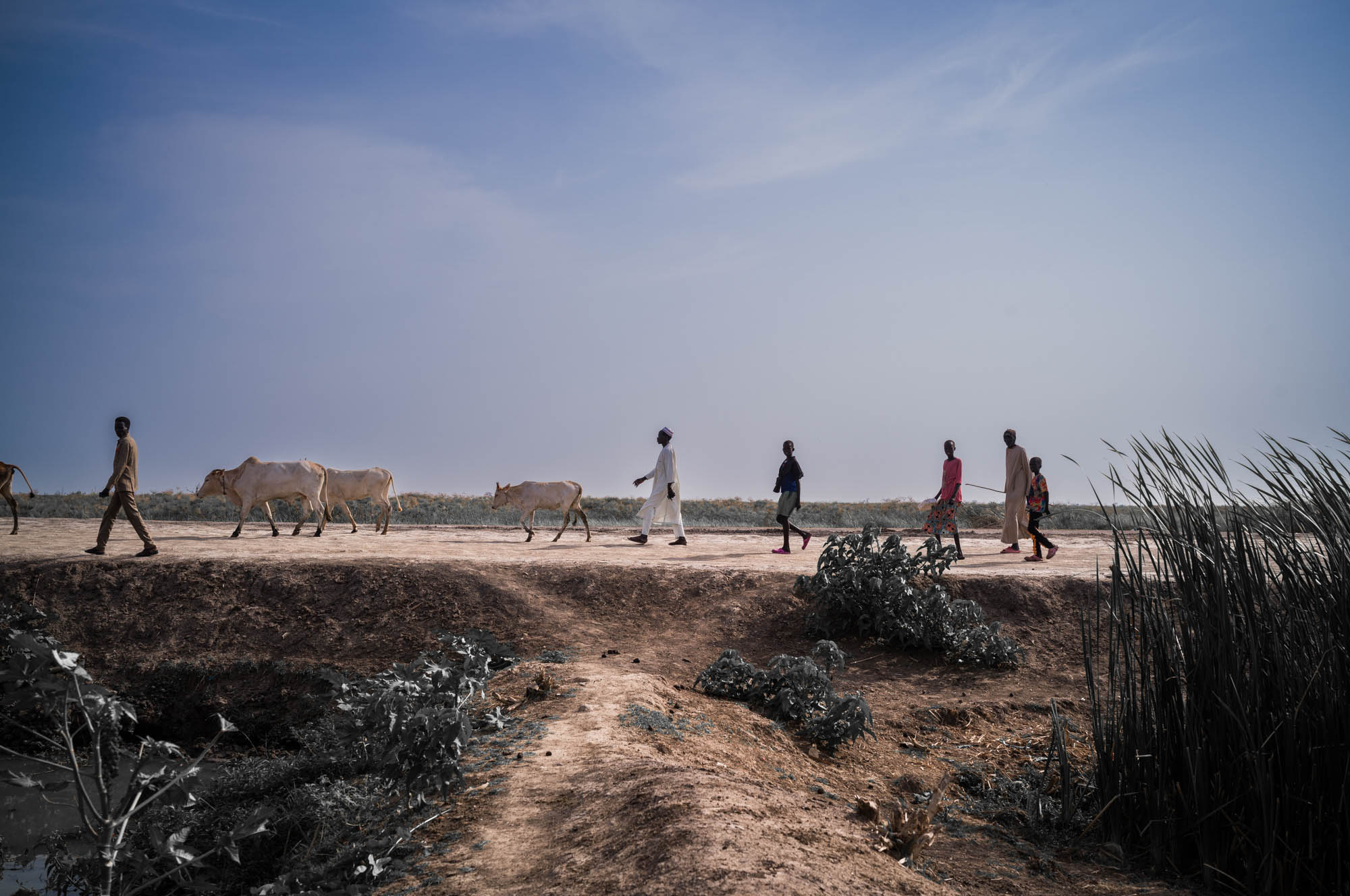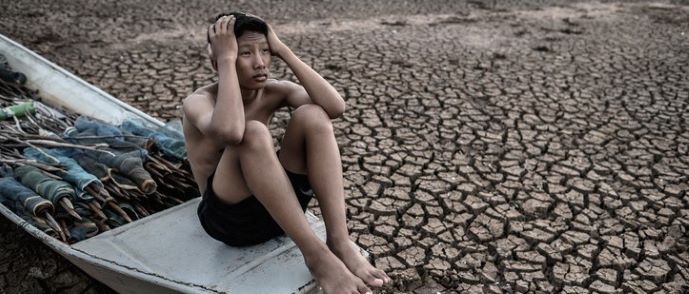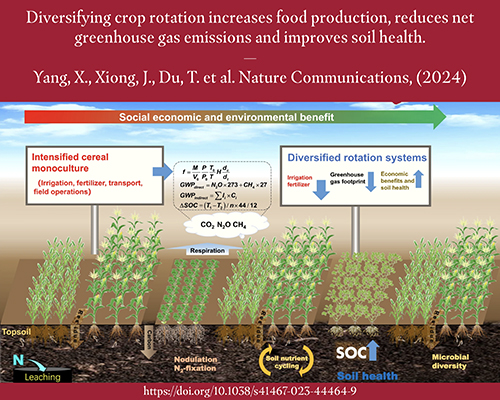Report on the Impact of Climate Change on Automobile Insurance Premiums
Executive Summary
A recent analysis indicates a significant projected increase in automobile insurance premiums in the United States, driven primarily by the escalating frequency and intensity of extreme weather events. This trend poses a direct challenge to several United Nations Sustainable Development Goals (SDGs), particularly SDG 13 (Climate Action), SDG 11 (Sustainable Cities and Communities), and SDG 8 (Decent Work and Economic Growth). The rising costs underscore the tangible economic consequences of climate change, threatening household financial stability and community resilience.
Projected Increases in Auto Insurance Rates
Data from an Insurify report reveals a reversal of the rate stabilization observed in early 2024, with significant increases anticipated by the end of 2025.
Key Projections and Historical Data
- The national average for full-coverage auto insurance is projected to rise by 4% to an annual cost of $2,402 by the end of 2025.
- This increase could escalate to 7% if trade tariffs continue to inflate the cost of vehicle repair parts.
- This follows a period of sharp inflation where average annual costs rose by over 40% between June 2022 and June 2024.
Climate Change as a Primary Driver and its Relation to SDG 13
The report identifies severe weather as a principal factor in rising insurance claims and subsequent premium hikes, highlighting a critical failure in achieving the objectives of SDG 13 (Climate Action). The economic costs of inaction are now being passed directly to consumers.
Climate-Related Incidents Driving Claims
- Wildfires: The Los Angeles County fires in January led to the destruction of an estimated 6,300 vehicles.
- Hurricanes: Storms in Florida during 2024 resulted in over 100,000 auto insurance claims.
- Hailstorms: Particularly prevalent in the Midwest, hail damage now accounts for approximately 12% of all comprehensive auto insurance claims.
Impact on Sustainable Communities and Economic Stability
The consequences of rising insurance costs extend beyond individual finances, affecting the broader goals of community resilience and economic stability.
Challenges to SDG 11 (Sustainable Cities and Communities)
The widespread vehicle damage from climate-related disasters undermines the resilience of communities. The financial burden of higher insurance premiums or the inability to afford coverage can limit mobility and access to essential services, directly impacting the sustainability and inclusivity of cities and human settlements.
Threats to SDG 8 (Decent Work and Economic Growth) and SDG 1 (No Poverty)
The sustained increase in insurance costs represents a significant financial strain on households, eroding disposable income and threatening economic security. This trend disproportionately affects low-income individuals, potentially hindering progress towards SDG 1 (No Poverty). Experts warn that without immediate and effective climate action, these escalating costs could contribute to a wider economic crisis, jeopardizing the stable economic growth envisioned in SDG 8.
Conclusion: An Indicator of Systemic Risk
The trend in automobile insurance premiums serves as a clear market indicator of the systemic risks posed by climate change. It demonstrates a direct link between environmental policy, global economic factors such as tariffs, and the financial well-being of individuals and communities. Addressing this challenge requires an integrated approach that prioritizes the Sustainable Development Goals, focusing on climate mitigation and adaptation to build a more resilient and economically stable future.
SDGs Addressed in the Article
SDG 13: Climate Action
- The article’s central theme is the direct impact of climate change on insurance markets. It explicitly states that “extreme weather events, made more frequent and intense by climate change, have been wreaking havoc on homeowners insurance policies” and are now a “major factor in the availability and pricing of car insurance.” This directly connects the issues to the goal of taking urgent action to combat climate change and its impacts.
SDG 11: Sustainable Cities and Communities
- The article discusses the consequences of climate-related disasters on communities, specifically through widespread damage to personal property and infrastructure like vehicles. It mentions “deadly Los Angeles County fires” and “Florida hurricanes” leading to massive vehicle damage and insurance claims, highlighting the vulnerability of human settlements to these events and the resulting economic losses for their inhabitants.
SDG 1: No Poverty
- The article details significant increases in the cost of living through rising insurance premiums. It notes that from June 2022 to June 2024, the average annual cost of car insurance “rose by more than 40%, upward of $700.” Such a substantial increase in a necessary expense can strain household budgets, reduce disposable income, and push financially vulnerable individuals and families closer to poverty.
SDG 8: Decent Work and Economic Growth
- The article warns of broader economic instability resulting from climate impacts, quoting an expert who says, “if we don’t act now, we’re heading for an economic crisis that could rival 2008.” This highlights how climate-related financial shocks in a major sector like insurance can threaten overall economic growth and stability.
Specific SDG Targets Identified
Target 13.1: Strengthen resilience and adaptive capacity to climate-related hazards and natural disasters in all countries.
- The article demonstrates a lack of resilience to climate hazards. The fact that events like “Hail storms, hurricanes, floods, winter storms” can cause “widespread vehicle damage” and lead to “unusually expensive” claims shows that current systems are not adequately adapted to the increasing frequency and intensity of these climate-related disasters.
Target 11.5: By 2030, significantly reduce the number of deaths and the number of people affected and substantially decrease the direct economic losses relative to global gross domestic product caused by disasters…
- The article quantifies the direct economic losses and the number of people affected by disasters. It reports that “Florida hurricanes led to more than 100,000 auto insurance claims” and “Los Angeles County fires in January destroyed as many as 6,300 vehicles.” The 40% rise in insurance premiums is a direct measure of the escalating economic losses borne by the population.
Target 1.5: By 2030, build the resilience of the poor and those in vulnerable situations and reduce their exposure and vulnerability to climate-related extreme events and other economic, social and environmental shocks and disasters.
- The sharp increase in insurance costs represents a significant economic shock. The article states the “average annual cost of insurance in the United States rose by more than 40%.” This disproportionately impacts those in vulnerable financial situations, reducing their ability to withstand economic shocks and increasing their vulnerability to the financial consequences of climate-related events.
Indicators for Measuring Progress
Indicators for Target 11.5 (Economic Losses from Disasters)
- Number of assets damaged or destroyed: The article provides a specific figure: “as many as 6,300 vehicles” were destroyed in the Los Angeles County fires. This can be used as a direct indicator of disaster impact.
- Volume of insurance claims: The report mentions “more than 100,000 auto insurance claims” resulting from Florida hurricanes, which serves as a metric for the extent to which people are financially affected by a disaster.
- Cost of insurance premiums: The article extensively uses insurance costs as an indicator of economic impact. Specific data points include the projected 2025 average cost of “$2,402” and the historical increase of “more than 40%” for both auto and home insurance. This directly measures the financial burden on households.
Indicators for Target 13.1 (Resilience to Climate Hazards)
- Percentage of claims by hazard type: The article implies this can be tracked by noting that “Hail, which is prevalent in the Midwest, accounts for about 12% of comprehensive car insurance claims.” Tracking this percentage over time can indicate changing risk profiles and vulnerabilities to specific climate hazards.
SDGs, Targets, and Indicators Analysis
| SDGs | Targets | Indicators |
|---|---|---|
| SDG 13: Climate Action | 13.1: Strengthen resilience and adaptive capacity to climate-related hazards and natural disasters. |
|
| SDG 11: Sustainable Cities and Communities | 11.5: Significantly reduce direct economic losses caused by disasters. |
|
| SDG 1: No Poverty | 1.5: Build the resilience of the poor and reduce their vulnerability to economic and environmental shocks. |
|
| SDG 8: Decent Work and Economic Growth | N/A (The article points to a threat to economic stability, which is relevant to the overall goal, but does not provide data that aligns with a specific target’s indicators). |
|
Source: context.news







